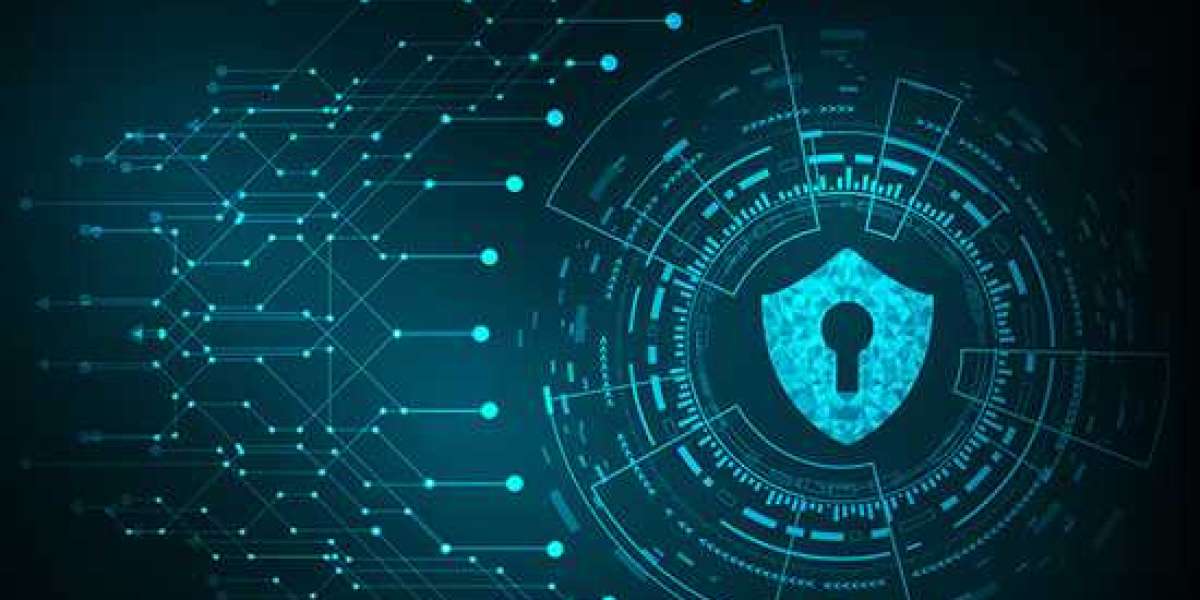As quantum computing rapidly evolves from theoretical promise to tangible reality, the cybersecurity landscape faces unprecedented challenges. Post-quantum threats—cyberattacks powered by quantum computers capable of breaking today’s encryption—pose a serious risk to the confidentiality, integrity, and availability of digital systems worldwide. To counter this, organizations must begin preparing now. One promising ally in this battle is Extended Detection and Response (XDR). By integrating and correlating data across multiple security layers, XDR can provide proactive defense mechanisms that are critical in a post-quantum world.
In this article, we explore how XDR can help organizations prepare for and mitigate the risks posed by post-quantum threats.
Understanding the Post-Quantum Threat Landscape
What is Post-Quantum Cryptography?
Post-quantum cryptography (PQC) refers to cryptographic algorithms that are secure against both classical and quantum computer attacks. Current encryption standards such as RSA and ECC rely on the mathematical difficulty of problems like integer factorization and discrete logarithms—tasks that quantum computers, via Shor’s algorithm, could solve exponentially faster than classical machines.
The Threat is Real and Urgent
While large-scale quantum computers are not yet available, the pace of innovation suggests they could emerge within the next 10–20 years. However, the threat isn't limited to future decryption; attackers can harvest encrypted data today and decrypt it later when quantum technology matures—a concept known as “store now, decrypt later.”
Governments and critical industries such as finance, healthcare, and defense must start preparing now to mitigate this long-term risk.
What is XDR?
Extended Detection and Response (XDR) is a security solution that unifies data across endpoints, networks, servers, cloud workloads, and email systems. By correlating and analyzing telemetry in real time, XDR provides visibility into threats across the entire attack surface. It improves detection accuracy, reduces alert fatigue, and accelerates response actions.
How XDR Helps Prepare for Post-Quantum Threats
While XDR does not directly encrypt data or replace cryptographic standards, it plays a crucial supporting role in defending organizations against the evolving threat landscape of quantum computing.
1. Visibility into Cryptographic Vulnerabilities
XDR platforms can integrate with tools that scan for the use of deprecated or weak cryptographic protocols (e.g., RSA-1024, SHA-1). Security teams can use this data to identify systems that still rely on vulnerable encryption schemes.
XDR can:
Alert when systems or applications use weak certificates or outdated SSL/TLS versions.
Correlate cryptographic usage patterns across cloud, on-prem, and endpoint systems.
Support compliance audits for post-quantum readiness.
2. Threat Hunting with Post-Quantum Indicators
XDR enables advanced threat hunting using behavior-based analytics. As new indicators of post-quantum reconnaissance or data harvesting techniques emerge, XDR can be updated to search for:
Abnormal bulk data exfiltration behaviors.
Unusual encryption downgrade attempts.
Threat actor activity associated with quantum research entities.
XDR’s ability to correlate signals across domains (network, endpoint, cloud) enhances the detection of stealthy pre-quantum attacks.
3. Support for Quantum-Safe Migration Monitoring
As organizations migrate to quantum-safe cryptography, misconfigurations or partial rollouts can introduce vulnerabilities. XDR can:
Monitor system logs for cryptographic changes.
Detect anomalies during or after cryptographic transitions.
Ensure that quantum-safe algorithms are consistently applied.
By integrating with security configuration management tools, XDR adds another layer of assurance during migration phases.
4. Rapid Incident Response for Quantum-Driven Attacks
In a future where quantum-enhanced attacks become viable, response speed will be critical. XDR facilitates:
Automated playbooks to isolate compromised systems.
Coordinated remediation across endpoints, cloud, and identity systems.
Integration with SOAR and EDR tools for dynamic threat containment.
Even if post-quantum attacks bypass traditional cryptographic defenses, XDR’s telemetry correlation helps spot anomalies quickly and respond in real time.
5. Threat Intelligence Fusion
Leading XDR platforms integrate with Threat Intelligence Platforms (TIPs), allowing them to ingest and act upon emerging indicators related to quantum-focused APT groups, academic research, and nation-state actors. XDR can enrich its detection models with real-world post-quantum threat intelligence to stay one step ahead.
Building a Quantum-Resilient Security Posture with XDR
Preparing for post-quantum threats involves a multi-pronged strategy. Here's how XDR fits into a broader post-quantum readiness plan:
| Security Initiative | XDR’s Role |
|---|---|
| Inventory of cryptographic assets | Visibility and risk scoring across systems |
| Migration to quantum-safe algorithms | Monitoring and compliance validation |
| Continuous risk assessment | Unified telemetry for full-spectrum analytics |
| Staff training and awareness | Alert enrichment with quantum context |
| Threat hunting and IR drills | Scenario-based detection and playbook automation |
Practical Steps to Take Today
Assess current cryptographic use across endpoints, applications, and data in transit. Use XDR’s visibility and integration with asset management systems.
Plan a phased migration to quantum-safe algorithms, guided by NIST’s Post-Quantum Cryptography standards.
Leverage XDR to monitor, detect, and respond to suspicious activities related to pre-quantum and hybrid attacks.
Integrate XDR with TIPs to receive up-to-date quantum threat intelligence.
Simulate post-quantum breach scenarios to test the resilience of your detection and response workflows.
Final Thoughts
Quantum computing promises revolutionary advances—but also poses serious risks to current cybersecurity models. While encryption standards evolve to meet this threat, organizations need a dynamic, adaptable, and integrated defense strategy. That’s where XDR shines.
By offering deep visibility, contextual threat correlation, and automated responses, XDR helps organizations prepare for the uncertain future of post-quantum threats—without waiting for quantum computers to go mainstream. The time to act is now.
 Meet Ups
Meet Ups
 Experiences
Experiences
 Learning Center
Learning Center
 Accommodation
Accommodation
 Roomie
Roomie
 Ride
Ride
 Spread the Word
Spread the Word
 Student Bazaar
Student Bazaar
 Jobs
Jobs
 Blogs
Blogs
 About StudentInsta
About StudentInsta

